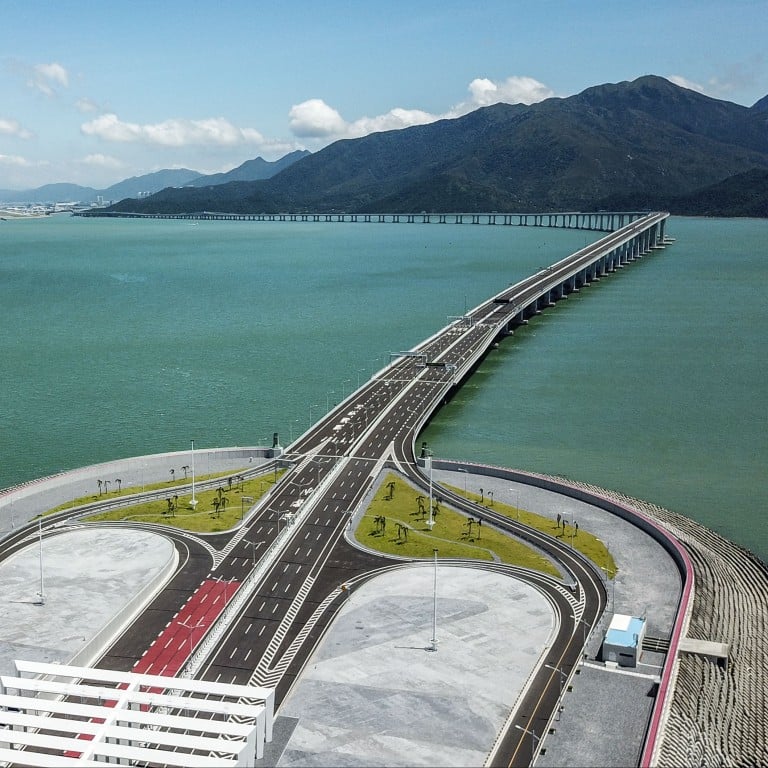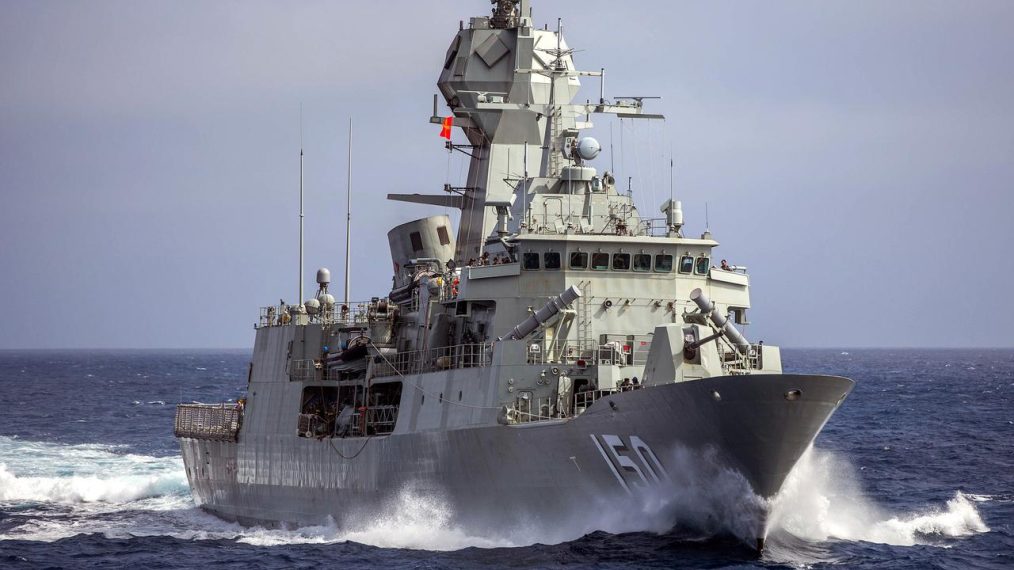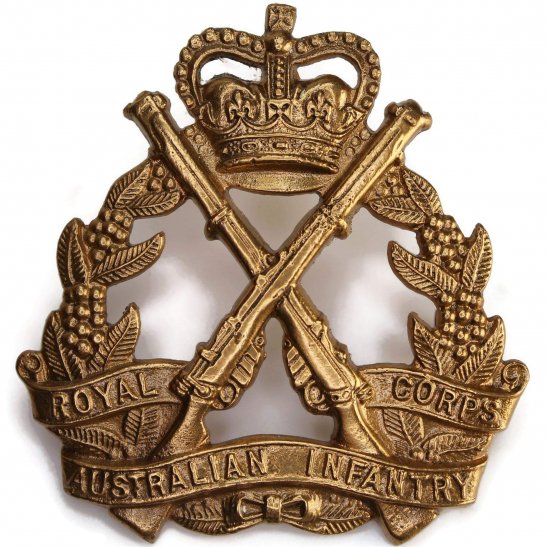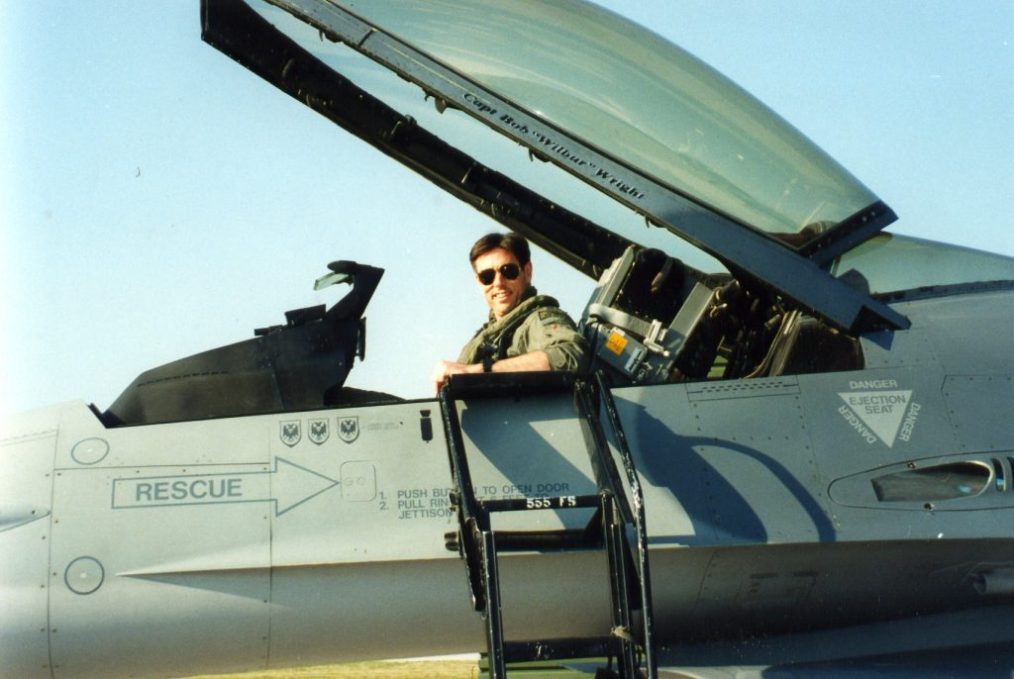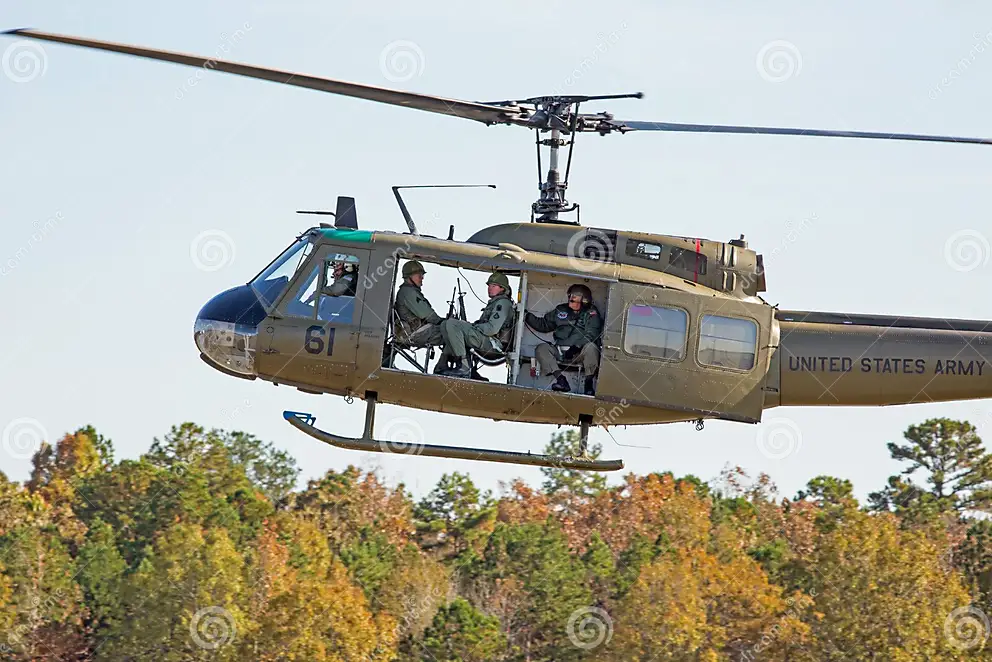PRECIS:
On September 21, 1971, 2 companies of 4RAR/NZ(ANZAC) Battalion were involved in a battle with the enemy that turned out to be 2 Battalions and the RHQ of 33rd Regiment North Vietnamese Army. D Coy lost 5 Killed in Action and 14 Wounded in Action. B Coy had 15 Wounded in Action. Several books have been written about the D Coy involvement, and a lot has been written and discussed about what happened to D Coy that day, and rightly so. However, the B Coy involvement not very far away from D Coy has received little mention in history, yet 6 Platoon had 15 wounded, 5 of whom were serious enough to be sent back to Australia.
4 Platoon, who was sent to help 6 Platoon, was in contact with NVA soldiers and, once the wounded were evacuated, took the remnants of 6PL back to CHQ in the dark and shots had to be fired to give 4 PL a bearing to CHQ. The OC 6Pl, 2Lt Dan McDaniel was winched aboard a Medevac Helicopter, on the 22nd Sep, that had already picked up 11Pl OC 2Lt Gary MacKay. Both had been wounded the previous day. Gary MacKay had no idea B Coy had been in Contact with the NVA. On the 21st whilst D Coy was getting involved with a battalion and the RHQ of the 33rd, B Coy was patrolling South of D Coy. 6Pl discovered a telephone cable and was following it, when they had multiple contacts from 1000hrs to 1600hrs with NVA soldiers resulting in enemy KIA’s. Around 1600 when they were in contact with a larger force, 6Pl was mortared by the enemy resulting in several men being wounded in varying degrees of seriousness.
4 Platoon was tasked to go to 6 Pl and help them. I believe the distance was around 400 metres. In that distance the NVA were contacted at least twice resulting in 1 Enemy KIA and possible wounding of others. RAAF and USAF gunships were called in to lay down fire to 4PL’s front and once we reached 6Pl’s position, air strikes and artillery was used around the position while the wounded were winched out. It was then dark. At 1850hrs, OC 4Pl Lt Ian Ballantyne, then pointed to CHQ’s position and told L/Cpl Ian Douglass to lead us there. We were holding onto the webbing of the man in front of us so we would not lose touch. I’m sure I was the last man with a hobbling Gary Wheatley, he had shrapnel in his ankle, in front of me. We had moved slowly for some time when a halt was whispered down the line of men with the warning that a shot will be fired to enable us to get a bearing. On hearing the shot, we moved off in that direction, some time later another halt was called with another shot being fired. We arrived at CHQ just on 2000hrs. Considering the events of the day the firing of two shots was a necessary risk to enable the Company to be in a single NDP.
To conclude I would like to include 1 Digger’s account of his day: Personal Report of his experience, Pte Trevor Bennett:
On the 20th of Sep 6Pl was dropped off by APCs in some light vegetation, we then went on the move for a while from what I can remember. Around 3 or 4 on that afternoon we stopped to settle down for the night.
Next morning was all fine, we had breakfast and started to move out Mac (Dennis) Mc Closkey’s section was the lead section, we had not moved too far when all hell broke loose, only for a very short time from his section then nothing. With this 1 enemy killed and 1 escaped. Our Platoon commander, 2Lt Dan McDaniel moved forward to assess the situation. Dennis’s section then moved forward to clear the area. Pte’s Don Miers and Happy Hammond then dug a shallow grave to bury this guy……. There was not much left of him. (a shit of a job).
We then were on the move again, patrolled for an hour so by this time it may have been 1000 –
1030 when the signal came back ……… stop, keep alert, get down ……… then after a few minutes have a fag (smoke). After a short time, we were on the move again, once again a few shots rang out, we hit the deck then Jim Collins like went mad and fired all of his Armalite rounds off. Things settled down and we moved of once again. We were patrolling then until lunch time. The 3 machine guns were set up around our position or perimeter and we all tried to eat but on full alert. The Section Commanders and the boss (2Lt McDaniel) were having a meeting then we received the signal up and, on our way, ……… we had not gone very far when a couple of shots rang out followed by us firing back. The area was once again cleared and then Cpl Doug Melrose’s section moved out, Pte Don Miers was leading the way when we came across some black telephone cable, so we followed the cable and around 3pm we stopped because Don Miers came across a large fresh track. By this time, we were all a little edgy we were told to drop our packs have a fag and keep your eyes open. No sooner had we lit up a fag when all hell blew up and we had to move forward in an extended line or arrowhead and just opened fire as we moved forward you could not hear any orders. There was so much noise from incoming fire and us firing back I think we went to ground. Somehow, we received a signal to move back, while moving back to our packs you could see movement to the side of us then the firing ceased and then a pop came from enemy Mortars, RPG’s or whatever ……. All I can remember was an explosion and me in the air. I didn’t even think to stay down. I was trying to fire but my rifle won’t work. The blast that knocked me over wrecked my rifle. I finally steadied myself, my ears ringing, and saw some of the boys pulling back, I followed. Our stretcher bearer Pte Graham Taylor, our Koori brother, was helping Pte Phil Nickleson who had been hit in the head with some shrapnel ……. All you could hear was more explosions. There were several of us wounded some worse than others. Graham Taylor was doing his best trying to patch up 16 of us with shrapnel wounds to our backs, bum, legs, head, arms and other parts of the body. While all this was going on Doug Melrose was firing a M79(Grenade launcher) back in the direction of where the mortars were coming from, and our own Artillery was near on top of us possibly 20 – 25 metres away. (Thank Fuck!) The battle itself from the first shot would only have lasted 15 – 20 minutes from when the contact first started, and the mortars stopped but there was still some firing from small arms for 10 minutes or so from what I remember. The artillery stopped and in came the choppers with Minnie guns a blazing and cut the jungle to pieces. There were a lot of prayers said on that day …… I thought we were goners. We were all laying down and was told to shoot anything that moved, then a call came through (the message) that 4 Pl was very close coming in from whatever direction …. Keep our eyes open and make sure it’s not one of 4pl you shoot.
While eyes peering out in the jungle a little bloke popped out of the scrub I yelled “Bob … Bob Caldwell” then “GT” Turner came into sight with the rest of 4Pl. A big relief came over me or all of us when 4Pl arrived.
After being patched up the medevac choppers came in to winch us out, Dennis McCloskey was the first up followed by me, Trevor Bennett, I said and I think Dennis probably had the same thoughts I feel safer on the ground than lying in the basket being winched up through the canopy as I reached the skids of the chopper it took off ..I am sure we were shot at.
This is all I can remember of the 21 Sep 197, until the next morning when I woke up to see a lot of
6 Pl and some guys from Delta Coy. Cpl Doug Melrose from 6Pl was now acting Platoon Commander and still wounded with shrapnel in his wrist and stayed out in the scrub with 4 Pl overnight, maybe a couple more nights I am not sure.
5 of us boys were CASEVAC’d back to Australia. Jerry Olde, tony Freeman, Jack Porter, Len Muller and myself. There were some from Delta coy also.
Thanks to B Coy we were all very lucky. The enemy forces came down to kick our arses and we were so lucky to get out alive. This is my belief I am proud of what we did and have many good friends from my time in the Armed Forces.
David Morris President
4RAR Association.

